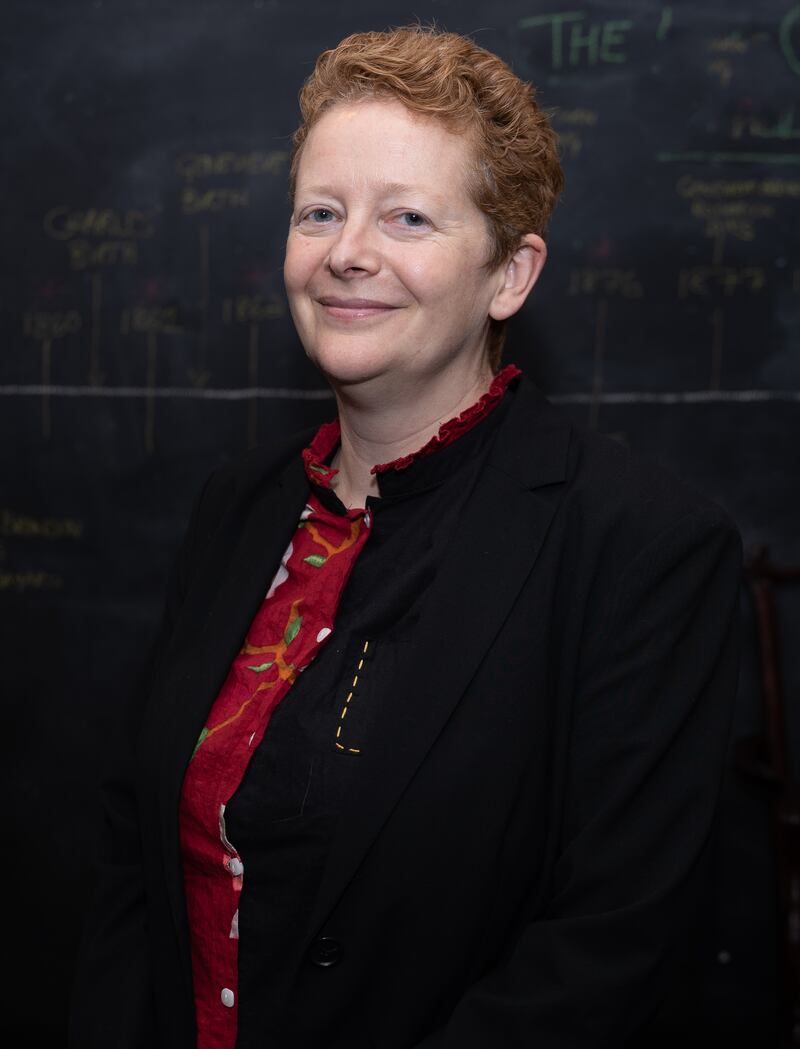Ready for your spotlight? Lighting design is where the magic really happens.
Ever wonder how your eyes know where to look in a play? Or what’s really driving your emotions? It’s all in the lighting design. Master this subtle art, and you’ll be in hot demand, says multi-award-winning Irish designer Jane Cox, whose work is illuminating the Abbey Theatre’s production of The Weir.
Surely the actors are doing the emotional thing?
You might think so but Cox, who has clocked up three Tony Award nominations, knows lighting plays a strong role. “You can ruin something with bad lighting,” she says, not that she would ever do such a thing. Ask Cox if she always wanted to light things up and the answer is no. “I didn’t know it was a thing when I was a kid, I don’t think many people do.” Cox studied classical music but “wound up in theatre, largely because the students there were the most eccentric”.
And the lighting?
“You’ll find it quite common when lighting designers tell you they were musicians. I realised very quickly it’s the visual equivalent of music making. It’s about what happens in time. It’s subconscious, it’s an emotional medium, it’s not narrative or literal. The first time I did it, I knew immediately that this was something I was going to be really interested in.”
RM Block
Sounds intriguing, how do I get involved?
There are now specialised courses in lighting design and it also features on wider theatre courses such as those at The Lir, but Cox is quick to point out that even though it’s pretty competitive at the top end, if you get the reputation to be handy with a set of lights you’ll be in hot demand in amateur or college productions. Getting someone to mentor you is helpful too. “Typically, for every 10 performers, there’s just one who wants to do something else. So being able to do lighting is a way into the room, where you can be useful and be a part of it. I think most lighting designers are people who have a fairly strong drive to be useful.”

If lighting plays with our emotions, how much is instinct and how much can actually be taught?
“That’s why lighting is the best. It brings together problem-solving skills, technical and number-based skills, with emotion, intuition and feeling. And it’s a collaborative job as it’s also very much about relationships.” Still, Cox warns, “it takes people a while to get good at it because to be really good at it you have to be good at all those things: to do complicated maths in your head, while feeling what the actor is feeling on stage, while also having a conversation with the director – without yelling at them. It’s a multifaceted skill set.” In a typical play, the lighting will be mapped out by the designer, who will also create cues, so that the operator at the lighting board can follow the different rhythms of each particular performance, “initiating a shift in mood”, as Cox puts it.
Sorry, you mentioned yelling at the director?
Cox is quick to point out that there was no yelling at the Abbey, and her lighting for The Weir is subtle and sublime. The subtlety’s important. She describes a passage in the show where the lights around the room on stage “build up and drop down, kind of like a breath. I don’t think the audience is aware of it. If they were,” she adds, “it would kind of suck.”
Conor McPherson’s The Weir is at the Abbey Theatre until January 14th; abbeytheatre.ie





















